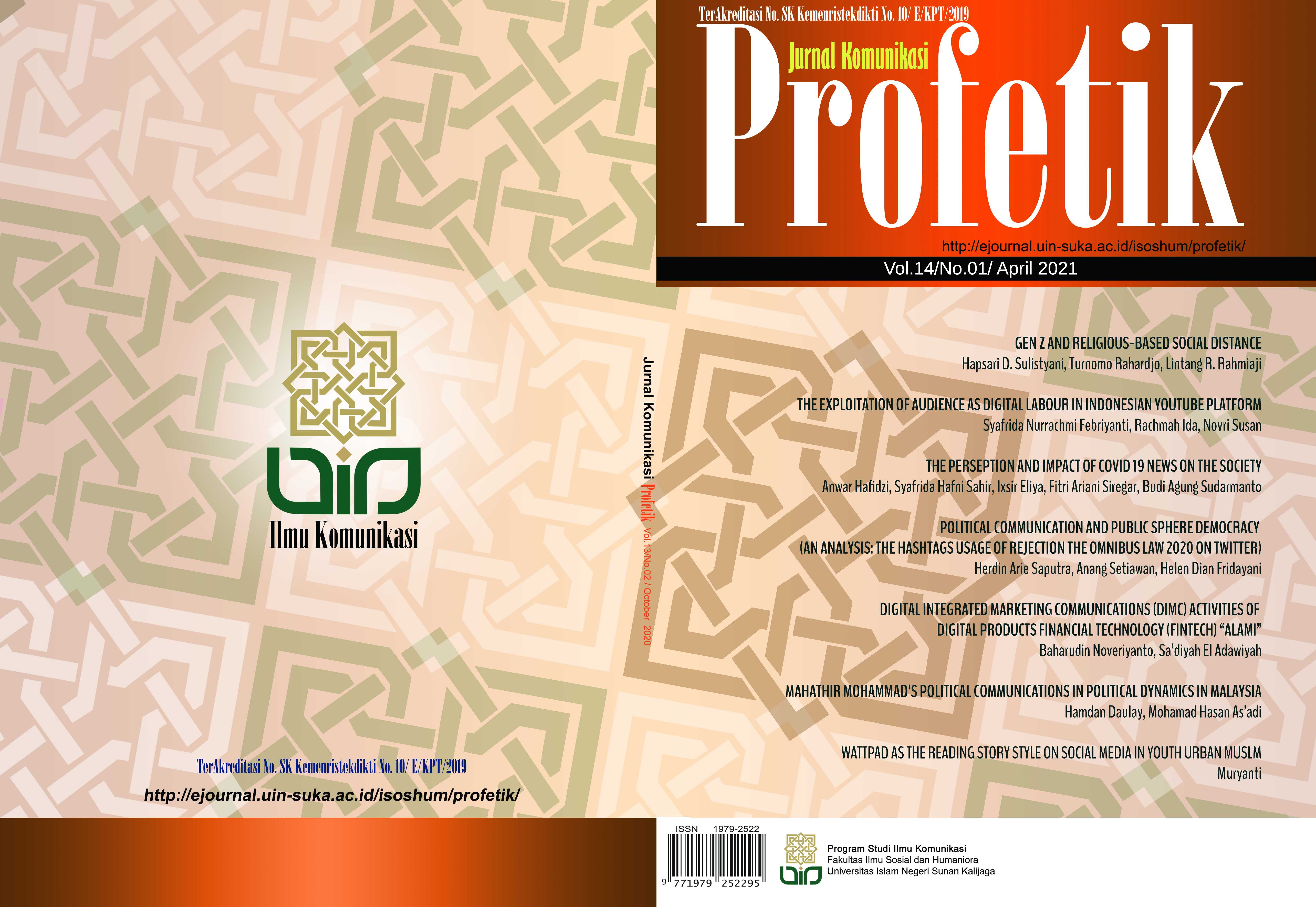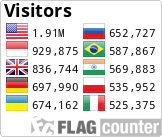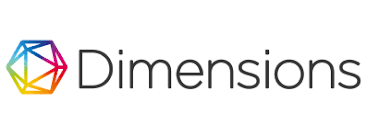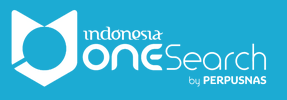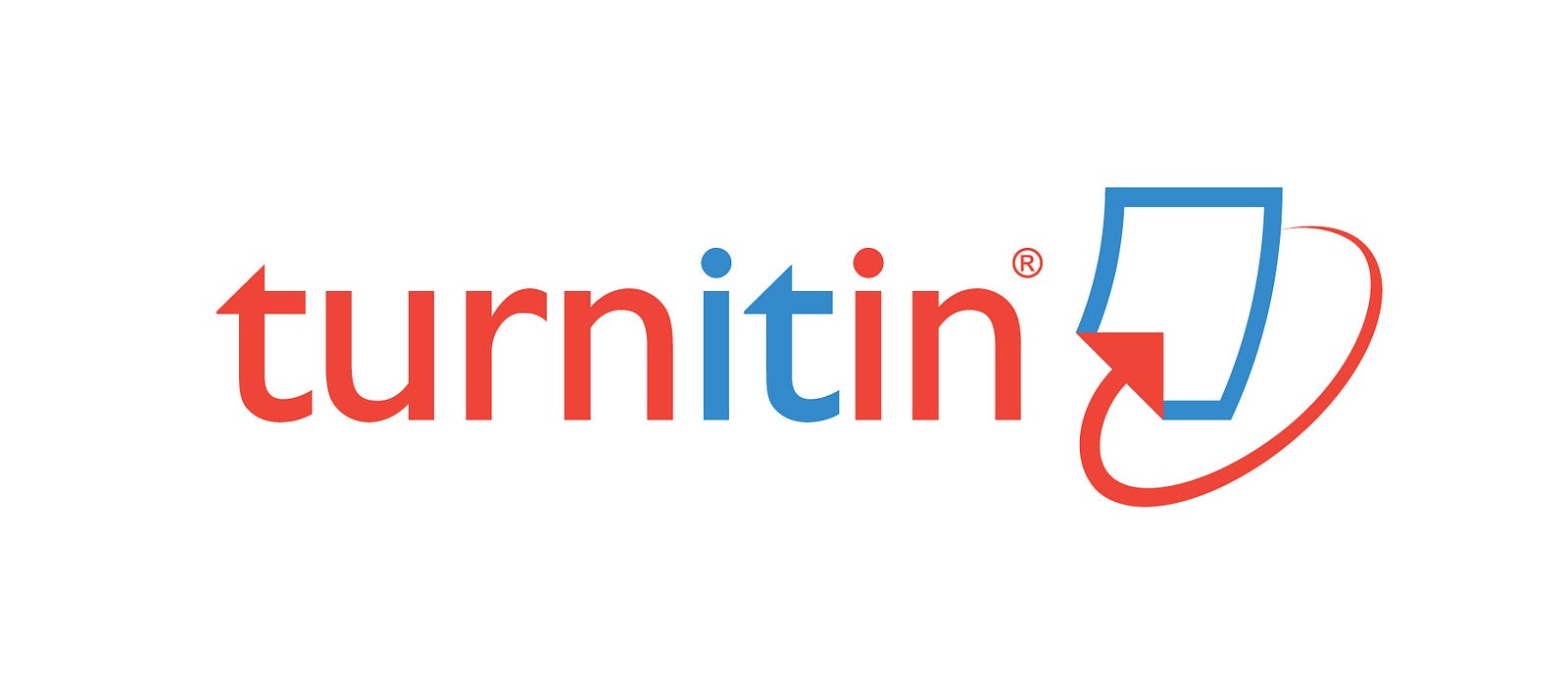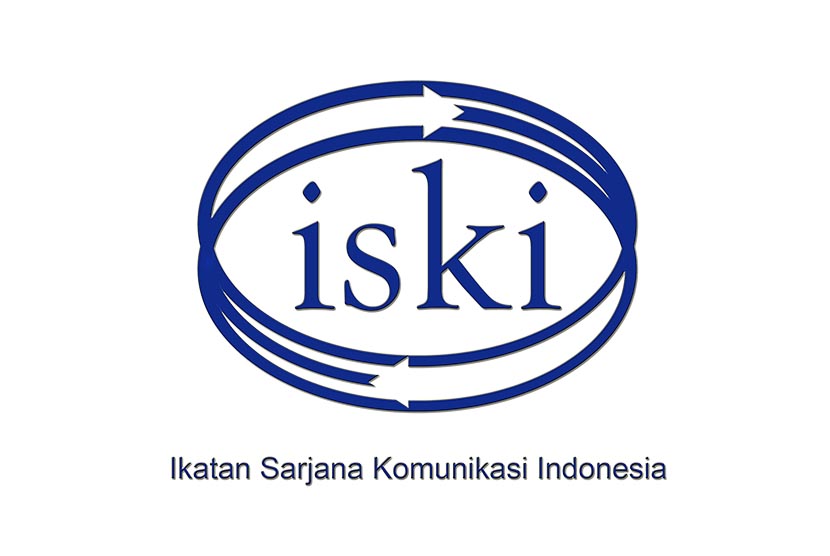PLEASURE OF SPEECH IN THE LANGUAGE STYLE OF THE FRENCH YOUTUBER CYPRIEN
DOI:
https://doi.org/10.14421/pjk.v14i2.1989Keywords:
Language Style Function YouTuber Cyprien SignAbstract
Language as a part of the study of communication is often used to build individuals' "image," especially amongst people (such as YouTubers) who are well known to the public. In linguistics, one's use of specific language to express oneself is called one's language style. Language styles serve as "signs," through which users create concepts of themselves and their personalities. As such, individuals' language styles usually have specific purposes and functions. This study will examine the language style used by Cyprien, a French media YouTuber, and its functions using the theory of Catherine Fromilhague using qualitative approach. Its corpus draws on data from Cyprien's five most popular videos (as ascertained based on the number of viewers), which were accessed through YouTube media. The data were obtained by viewing these videos and noting the utterances and language styles used. Afterward, data were classified and analyzed based on the language style used and its function. This research finds that eleven language styles were used, with different frequencies. These styles served argumentative, ornamental, and cognitive functions. The conclusion of this study are used to draw viewers' interest and stave off boredom, thereby ensuring that they are willing to follow Cyprien's channel. At the same time, these language styles are used for a range of purposes, including emphasizing essential points and creating rhythm.
Downloads
References
jour1actu. (2016, December 13). 1jour1actu. Accessed on May 14, 2019, from http://1jour1actu.com/
Baron, N. S. (2010). Discourse structures in Instant Messaging: The case of utterance breaks. Language@Internet, 7(4). Retrieved from http://www.languageatinternet.org/articles/2010/2651
Barthes, R. (1970). L'ancienne rhétorique. Paris: Seuil. 172–223.
Blackledge, A. (2003). Imagining a Monocultural Community: Racialization of Cultural Practice in Educational Discourse. Journal of Language, Identity & Education, 2(4), 331–347. https://doi.org/10.1207/S15327701JLIE0204_7
Brewin, M. W. (2013). Media, society, world: Social theory and digital media practice. New Media & Society, 15(7). DOI: 10.1177/1461444813496212.
Çorbacioglu Gonezer, E. (2016). L'utilisation des figures de style dans les campagnes anti-tabac. International Journal of Language Academy, 4(12), 18. DOI: 10.18033/ijla.416
Cyprien. (2013, November 15). Cyprien. Accessed on May 14, 2019, from YouTube: https://www.youtube.com/watch?v=RL7grUEo960.
Editions Hatier. (2019, December 11). Bescherelle: apropos. Accessed on August 20, 2020, from https://bescherelle.com/propos
Fromilhague, C. (2010). Les Figures de Style (2nd ed.). Paris: Armand Colin.
Gert, J. (2015). Wittgenstein, Korsgaard and the publicity of reasons. Inquiry, 58(5). 439–459. DOI: 10.1080/0020174X.2013.776297.
Han, C. (2015). How to do critical discourse analysis: a multimodal introduction. Australian Journal of Linguistics, 35(4). 415–418. DOI: 10.1080/07268602.2015.1033673.
Keraf, G. (2010). Diksi dan gaya bahasa. Jakarta: Gramedia Pustaka Utama.
Kovács, B., & Sharkey, A. J. (2014). The paradox of publicity: how awards can negatively affect the evaluation of quality. Administrative Science Quarterly, 59(1). DOI: 10.1177/0001839214523602.
Kronrod, A., & Danziger, S. (2013). 'Wii will rock you!' The use and effect of figurative language in consumer reviews of hedonic and utilitarian consumption. Journal of Consumer Research, 4(1): 726–739. DOI: 10.1086/671998.
Moor, P. J., Heuvelman, A., & Verleur, R. (2010). Flaming on YouTube. Computers in Human Behavior, 26(6): 1536–1546. DOI: 10.1016/j.chb.2010.05.023.
Morgan, B. (2014). The pleasure of the text: what two manuscripts can tell us about becoming God. Medieval Mystical Theology, 23(1): 52–64. DOI: 10.1179/2046572614z.00000000018.
Mukthi, M. (2018). Derap musik rap. Historia. Accessed on May 20, 2019, from https://historia.id/kultur/articles/derap-musik-rap-P7JJE.
Nadine, A. (2020, May 19). Analisis Gaya Bahasa YouTuber Cyprien. Analisis Gaya Bahasa YouTuber Cyprien. Sleman, D. I. Yogyakarta, Indonesia: Universitas Gadjah Mada.
Place de la Sorbonne. (2020). Catherine Fromilhague. Accessed on May 14, 2019, from http://www.culture-sorbonne.fr/placedelasorbonne/editorial/catherine-fromilhague/
Putri, D. W. (2019). Presentasi diri beauty influencer Abel Cantika melalui YouTube Channel. Profetik: Jurnal Komunikasi, 12(1): 30. DOI: 10.14421/pjk.v12i1.1583.
Reboul, A. (2017). Cognition and communication in the evolution of language. Oxford University Press.
Southeastern University Online Learning. (2016, February 20). 5 types of new media. Accessed on April 23, 2020, from: https://online.seu.edu/articles/5-types-of-new-media/
Tagliamonte, S. A. (2016). Teen talk: The language of adolescents. Cambridge: Cambridge University Press.
van Deursen, A. J. A. M., & van Dijk, J. A. G. M. (2014). The digital divide shifts to differences in usage. New Media and Society, 16(3): 507–526. DOI: 10.1177/1461444813487959.
Westenberg, W. (2016). The influence of YouTubers on teenagers: A descriptive research about the role YouTubers play. MA Thesis, University of Twente. Accessed on May 20, 2019, from http://essay.utwente.nl/71094/1/Westenberg_MA_BMS.pdf.
Wiki YouTube français: Cyprien, (2014, March 8). Accessed on August 24, 2020, from https://youtube.fandom.com/fr/wiki/Cyprien
Yuri, R., & Rosa, R. (2013). An analysis of figurative language used in internet advertisements. E-Journal English Language and Literature, 1(3): 72–78
Downloads
Published
Issue
Section
License
Please find the rights and licenses in Profetik: Jurnal Komunikasi by submitting the article/manuscript of the article, the author(s) agree with this policy. No specific document sign-off is required.
1. License
The non-commercial use of the article will be governed by the Creative Commons Attribution license as currently displayed on Creative Commons Attribution-NonCommercial 4.0 International License

2. Author(s)' Warranties
The author warrants that the article is original, written by stated author(s), has not been published before, contains no unlawful statements, does not infringe the rights of others, is subject to copyright that is vested exclusively in the author and free of any third party rights, and that any necessary written permissions to quote from other sources have been obtained by the author(s).
3. User/Public Rights
Profetik's spirit is to disseminate articles published are as free as possible. Under the Creative Commons license, Profetik permits users to copy, distribute, display, and perform the work for non-commercial purposes only. Users will also need to attribute authors and Profetik on distributing works in the journal and other media of publications. Unless otherwise stated, the authors are public entities as soon as their articles got published.
4. Rights of Authors
Authors retain all their rights to the published works, such as (but not limited to) the following rights;
Copyright and other proprietary rights relating to the article, such as patent rights, The right to use the substance of the article in own future works, including lectures and books, The right to reproduce the article for own purposes, The right to self-archive the article (please read out deposit policy), The right to enter into separate, additional contractual arrangements for the non-exclusive distribution of the article's published version (e.g., post it to an institutional repository or publish it in a book), with an acknowledgment of its initial publication in this journal (Profetik: Jurnal Komunikasi).
5. Co-Authorship
If the article was jointly prepared by more than one author, any authors submitting the manuscript warrants that he/she has been authorized by all co-authors to be agreed on this copyright and license notice (agreement) on their behalf, and agrees to inform his/her co-authors of the terms of this policy. Profetik will not be held liable for anything that may arise due to the author(s) internal dispute. Profetik will only communicate with the corresponding author.
6. Royalties
Being an open accessed journal and disseminating articles for free under the Creative Commons license term mentioned, author(s) aware that Profetik entitles the author(s) to no royalties or other fees.
7. Miscellaneous
Profetik will publish the article (or have it published) in the journal if the article’s editorial process is successfully completed. Profetik's editors may modify the article to a style of punctuation, spelling, capitalization, referencing and usage that deems appropriate. The author acknowledges that the article may be published so that it will be publicly accessible and such access will be free of charge for the readers as mentioned in point 3.

